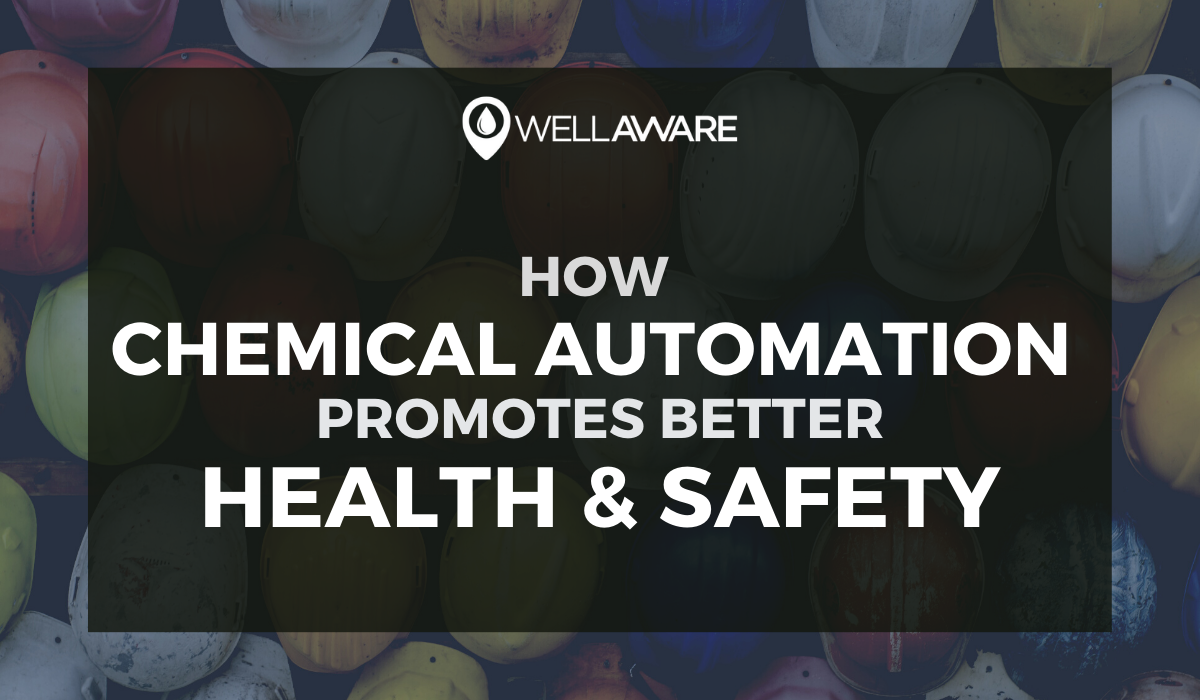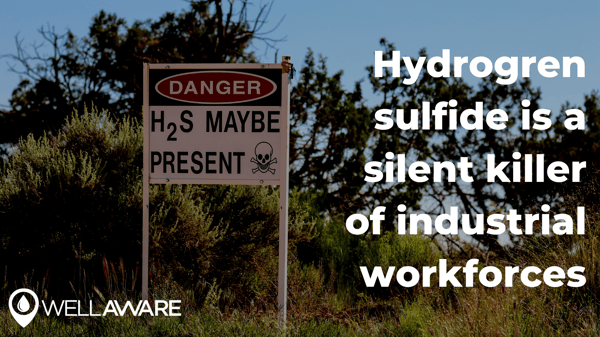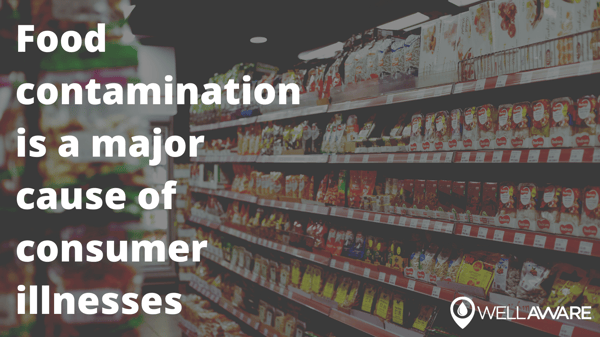
News, Insights, and more on Industrial IoT

In the industrial sector, health and safety are paramount. If organizations can’t produce goods and substances while also protecting people and the environment, they won’t survive.
While chemicals and other industrial additives might get a bad rap based on their potential toxicity or environmental contamination, they actually play a significant role in preserving human and environmental health and safety, reducing incident rates, and preventing near misses. We can use specialty chemicals to mitigate problems that would otherwise create health and safety hazards down the line. With proper chemical dosing, we can render hazardous gases inert, prevent premature equipment failures, and avoid contamination in our production processes.
However, configuring chemical injection systems to reduce health and safety risk is difficult without robust chemical management programs. Operators need tools and technology that provide visibility into real-time performance through automated data streams.
In this post, we press forward with our chemical injection automation blog series and explain why chemicals are essential for protecting workers, consumers, and our environment at all times.
Health, safety, and environmental protection are top of mind for every industrial company. Industrial chemicals have the power to protect workers, produce quality goods, and enhance important processes. When used inappropriately, chemicals can put human lives and fragile ecosystems in danger.
Many industrial companies use scavengers to inactivate dangerous and corrosive gases. Under-injecting scavengers exposes people to harmful substances. Over-injecting scavengers increases unnecessary spending and comes with other downstream consequences.
Between 2001 and 2010, H₂S killed 60 people on the job. The Occupational Safety and Health Administration (OSHA) also proposed over $1.4M in penalties in 2010 related to a single explosion in the Houston area, illustrating how costly hazardous gas can be on multiple fronts.

On top of keeping machines running smoothly, lubricants help avoid injuries. Under-injecting lubricants increases the risk of catastrophic fires and mechanical breakdowns that put workers in danger. Over-injecting lubricants can also cause early machine failures that require manual repair and replacement.
In 2018, 786 workers died in workplace incidents involving contact with objects and equipment. Nearly 40% of those instances were caused by running equipment or machinery. While it’s unclear how many deaths could have been prevented with proper lubrication, it’s safe to assume there would be fewer instances if companies had effective, automated lubrication delivery programs.
Disinfectants are instrumental in preventing the spread of germs and diseases. If we under-deliver disinfectants, we increase the potential of viral outbreaks involving E. Coli, listeria, and other viruses or bacteria. Over-treating with disinfectants can be toxic to humans and wildlife in different ways, which is why striking the right balance is paramount.
The CDC estimates that there are 265,000 Shiga toxin-producing E. coli (STEC) infections each year, 36% of which are caused by E. coli. In April 2020, Chipotle agreed to pay a $25M fine for foodborne illness outbreaks that occurred over a three-year period. With a better chemical management program and processes, the company might have avoided such a hefty penalty.

Now that we know what can go wrong from a health and safety standpoint, let’s discuss a few strategies for optimizing chemical treatment around this need.
Ultimately, we have to keep chemical programs online so that they can support the mission-critical systems that protect our people and assets. We can push towards this goal in two ways:
We dive into each strategy in more detail below.
As we’ve covered in so many of our recent publications, over and under-treating specialty chemicals can have serious consequences. Consequently, we have to minimize variance to treat assets precisely as needed. After all, chemical programs are designed to apply precise types and quantities of chemistries to solve specific problems.
At WellAware, we do this in several ways.
First, we monitor chemical tanks constantly to track inventory and usage. We also compare chemical supply levels to expected targets in order to identify disparities between what operators have and what they need for chemical treatment.
Second, we monitor and control chemical injection pumps so that they remain online and treat assets exactly as they are programmed. Our monitoring technology can evaluate pump diagnostics regularly and help operators recalibrate chemical programs if necessary.
Third, we automate chemical injection systems based on critical process parameters so that treatment rates match the activity of dynamic systems. By doing so, we free industrial workers from manually evaluating and reconfiguring injection system performance on a regular basis.
Although it may not seem obvious, adding these capabilities to chemical programs enables companies to avoid major health and safety problems. However, there is a right way and a wrong way to enhance chemical treatment processes, as you’ll learn in the next section.
Oftentimes, maintaining chemical treatment programs is labor-intensive. Chemical vendors spend a lot of time on the road traveling between client sites. Those who are committed to ensuring proper chemical treatment (as described above) may inadvertently put workers at risk by keeping them in the field more than necessary.
Many vendors use two metrics to measure safety performance: total recordable incident rate (TRIR) and total vehicle accident rate (TVAR). One of the best ways to bring these ratings down is by keeping people out of moving vehicles and away from dangerous work sites.
Doing so can be challenging in a labor-intensive industry that demands ongoing refinements and attention. We recommend that chemical vendors take advantage of automation, remote monitoring technology, and data to minimize traffic-related incidents and on-site issues.
On the automation front, the right solution eliminates unnecessary inventory trips. For example, we use smart monitoring devices to measure tank levels remotely. Workers don’t have to assess industrial plants and chemical tanks in person. We also control injection pump setpoints remotely through WellAware On Demand Chemical, rather than put operators in the middle of risky workplace environments where specialty chemicals are everywhere.

With high-quality field data, vendors can also optimize chemical delivery routes and keep drivers from making more trips than necessary. In fact, we estimate that most chemical vendors could cut delivery schedules in half and still achieve their target treatment metrics. On top of that, they can also reduce their carbon footprint dramatically.
To summarize, with a service like WellAware On Demand Chemical, operators can significantly reduce the risks associated with improper chemical treatment and leverage technology to keep people out of harm’s way.
Today, we monitor, control, and automate over 2,000 chemical injection systems all over the world. Our industrial experience and data expertise have enabled us to support production managers in their efforts to maximize the effectiveness of their chemical management programs to promote industrial health and safety.
To learn more about WellAware On Demand Chemical, go to wellaware.us/chemical.
Like what you're reading? Sign up for updates!
Have a Question?